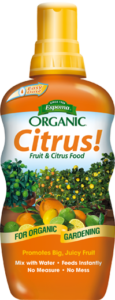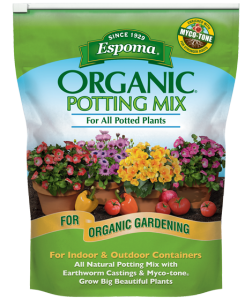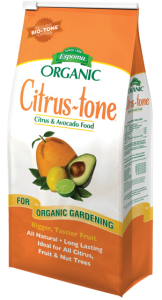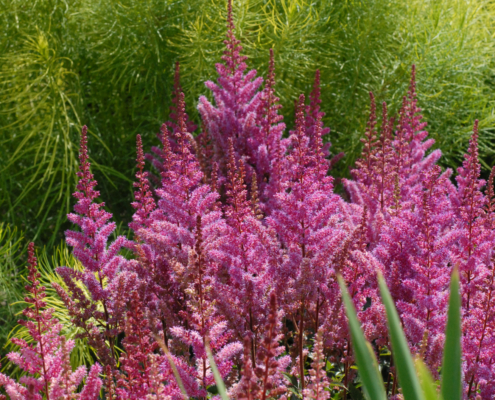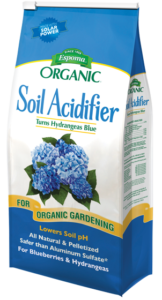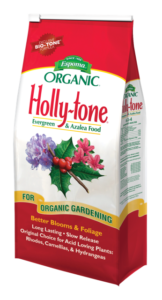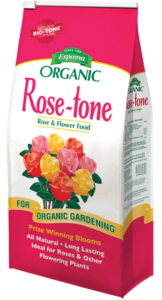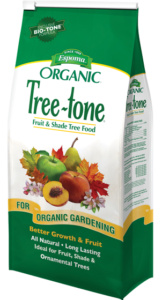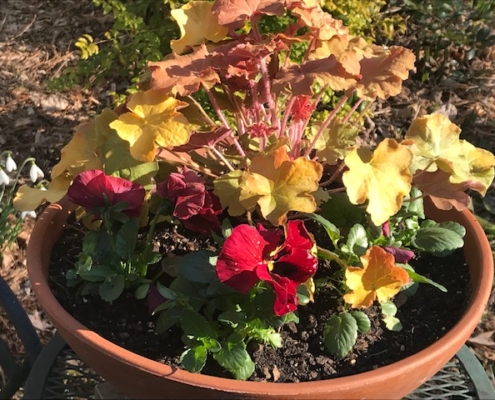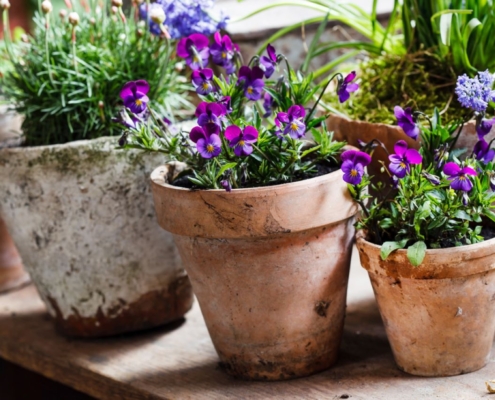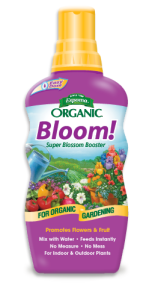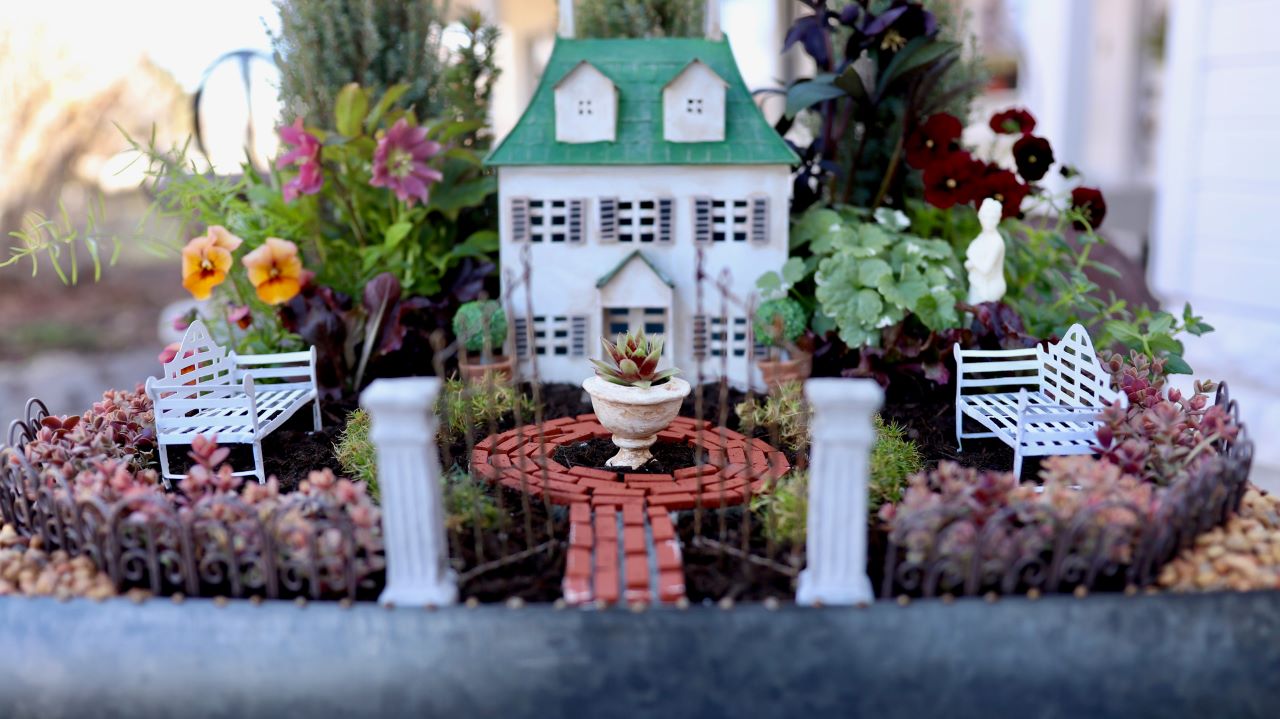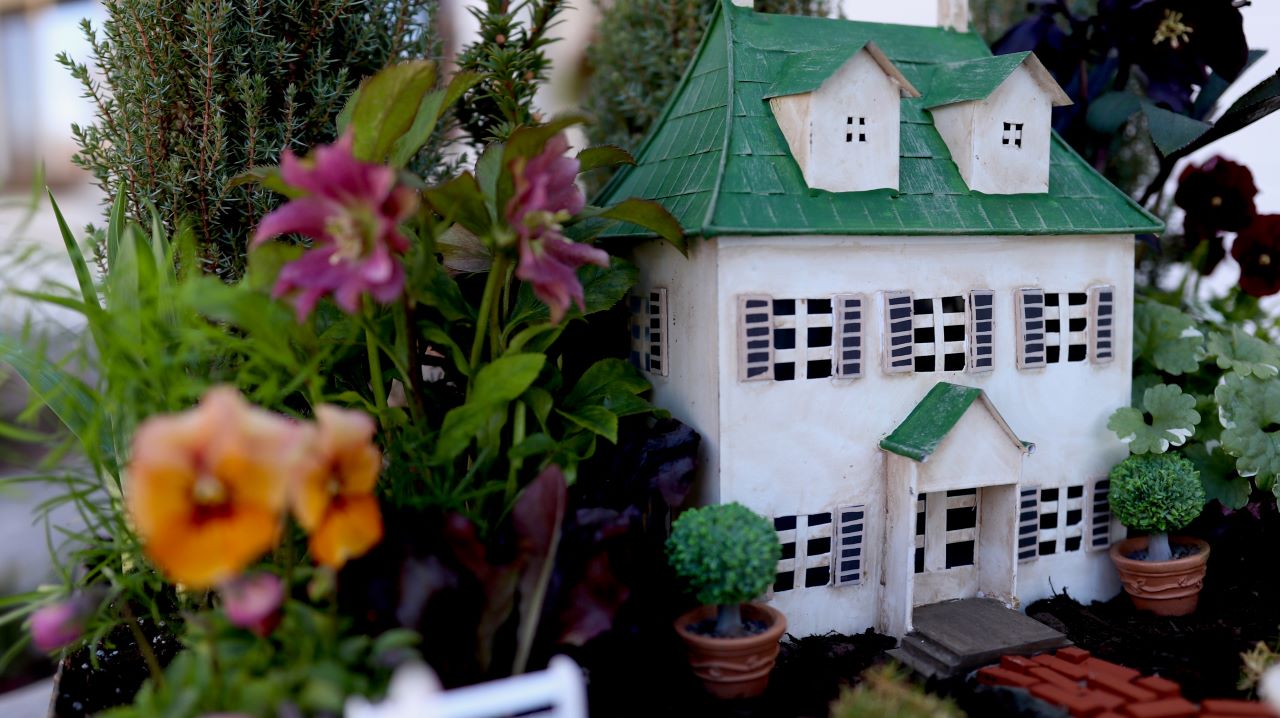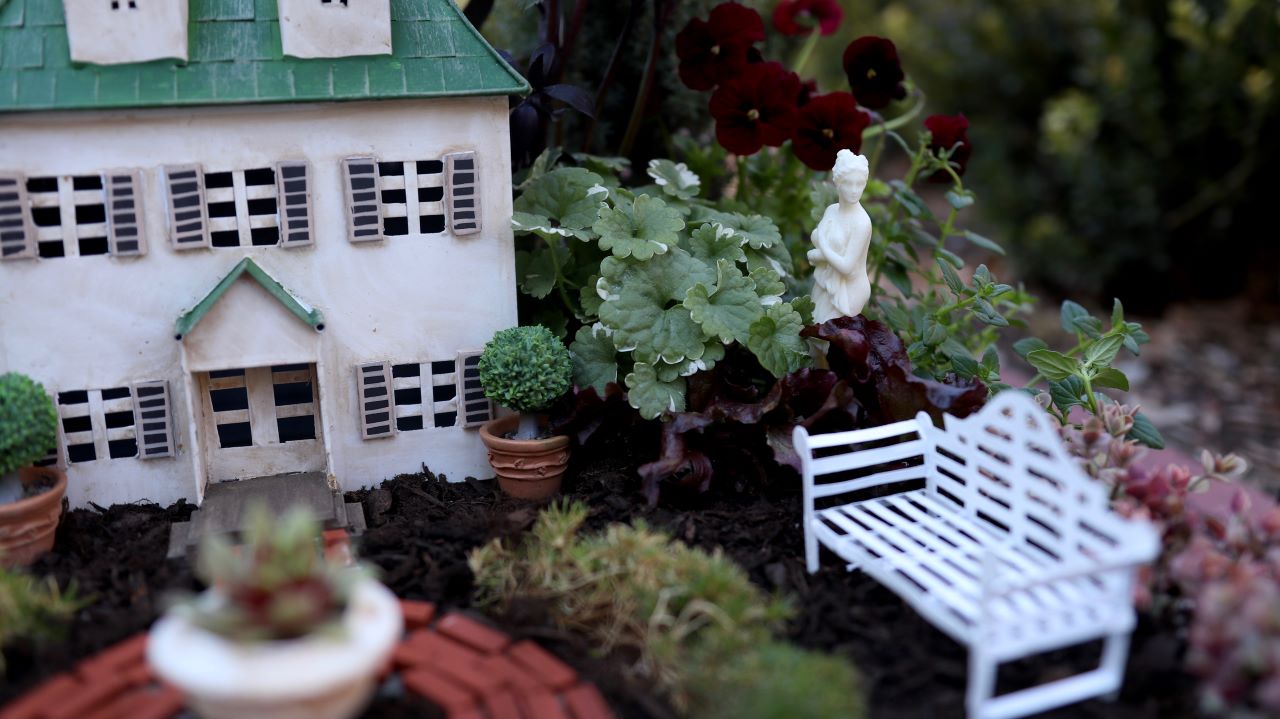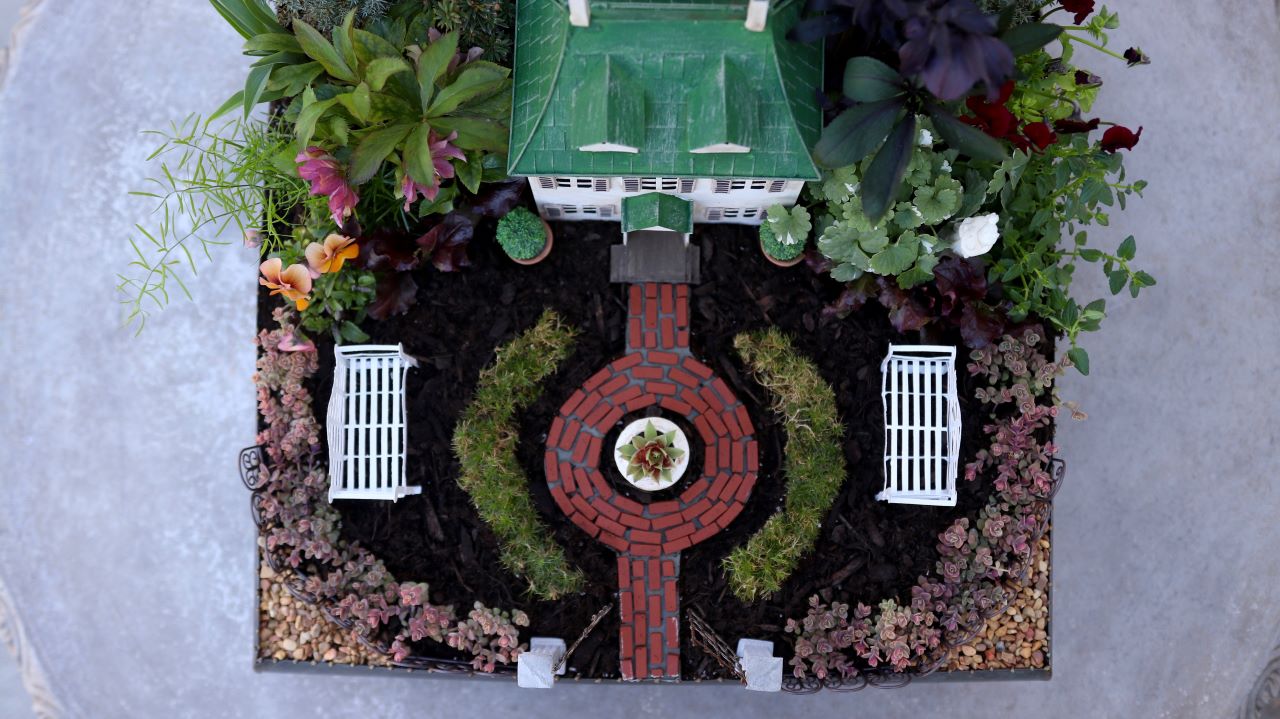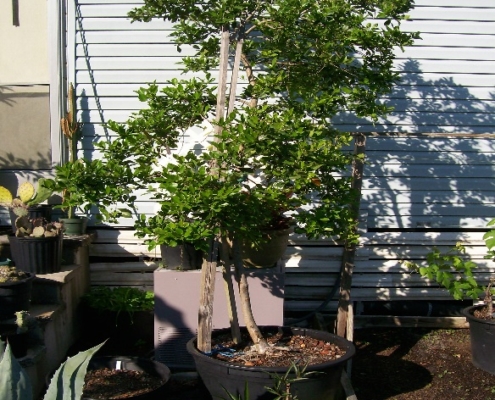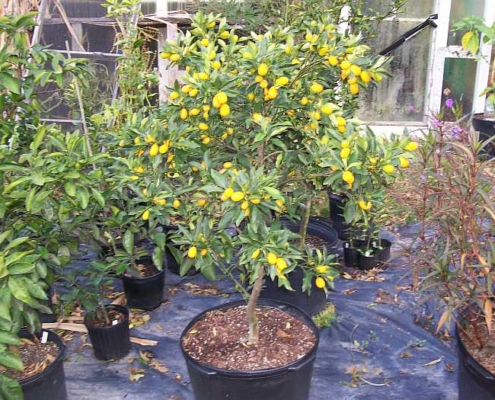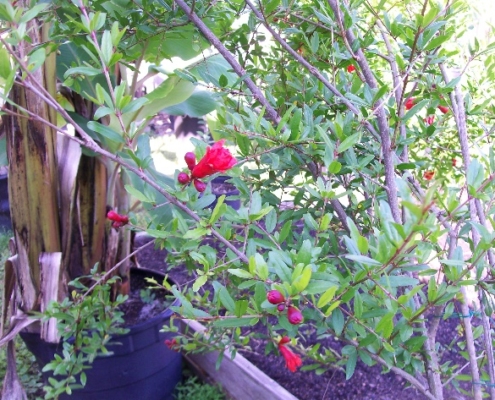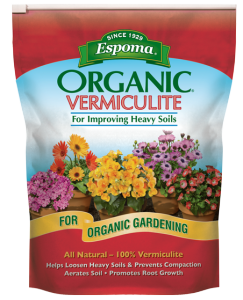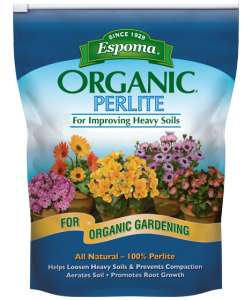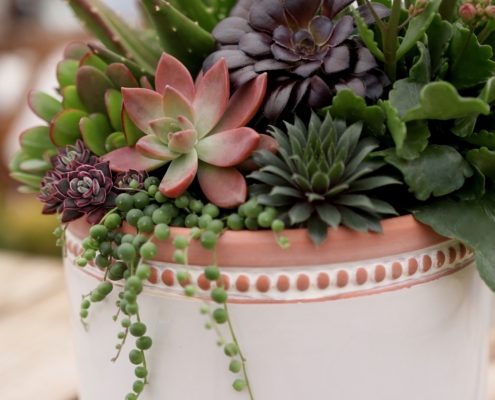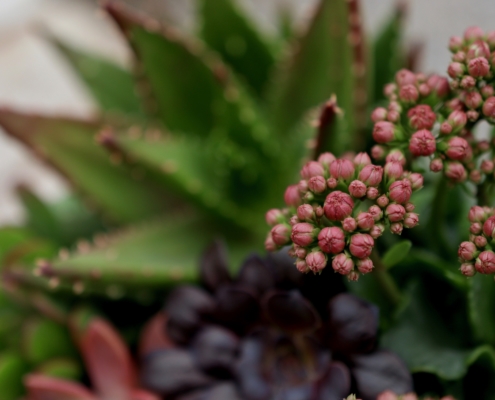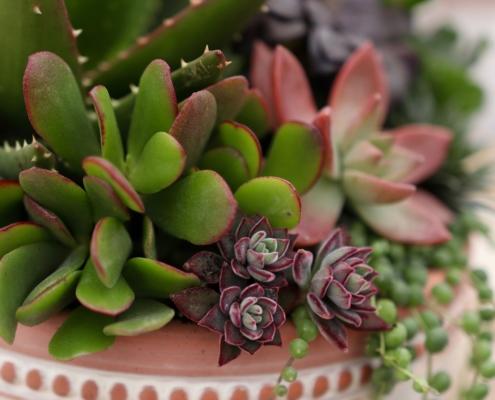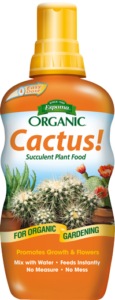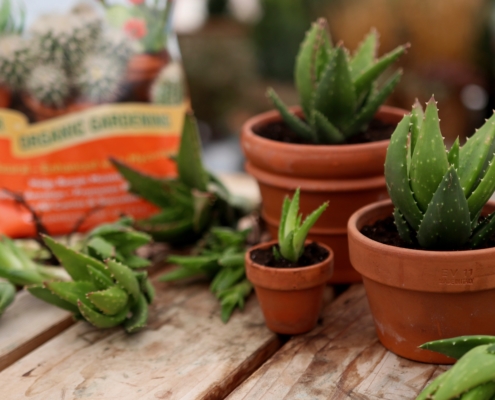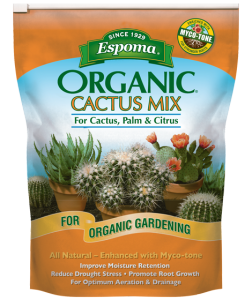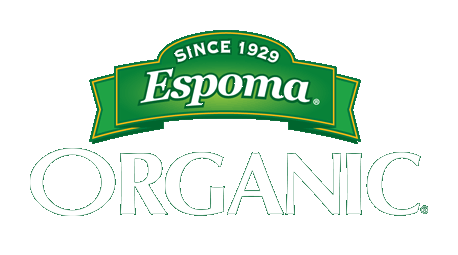It’s Possible to Grow Citrus from Maine to Florida
Florida and California are known for their fresh oranges and citrus (the area between California and along the Gulf Coast to Florida is even known as the citrus belt). While growing citrus trees outdoors is best suited to USDA hardiness zones 8-10, if you live in zone 7 or cooler you can still grow dwarf citrus in pots, however, you need to bring them indoors for the winter. That might sound like extra work but one smell of the intensely fragrant blossoms will make it all worthwhile.
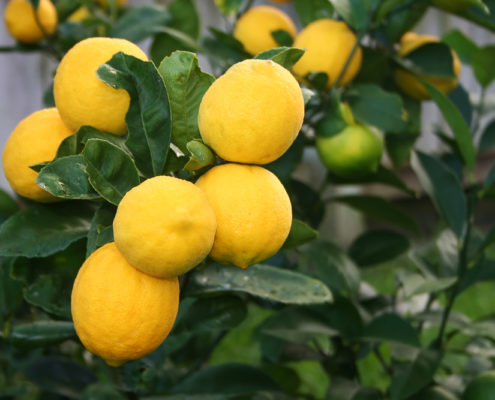
Growing Citrus in Zones 8-10
Citrus plants are sun worshipers, so choose a site in full sun, on the southwest side of your house for best results. If possible, place it near a wall or some other form of protection from wind and cold. Unlike many fruit trees, citrus is self-pollinating meaning you don’t need to plant 2 trees for cross pollination. Even so, bees and other pollinators will visit for nectar and pollen.
Planting Your Tree
Late winter or early spring is the best time to plant. Citrus trees prefer a sandy loam. Good drainage is a must for citrus. Plant your tree slightly higher than the soil around it, as trees will settle in an inch or so. It’s important that the graft (your tree will be grafted on to a different root stock) be above ground so that a new tree doesn’t grow from the understock.
Continuing Care
It’s best to use a fertilizer that is especially formulated for citrus as their needs are very specific. Espoma’s Organic Citrus-Tone works perfectly. You can add a layer of mulch around your tree to help deter weeds and keep moisture in. However, keep mulch 2-3 inches from the trunk of the tree to prevent disease. Water regularly and deeply. Citrus have shallow, broad root systems, they don’t go deep when looking for water.
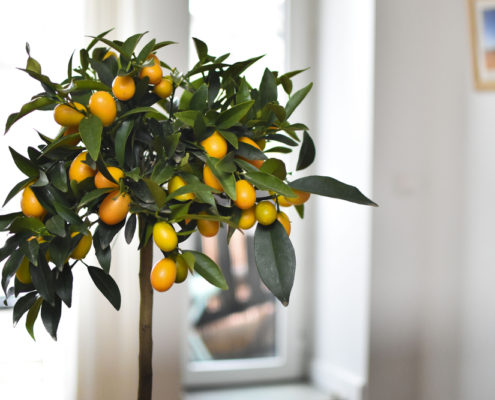
Pruning Citrus
Citrus doesn’t require regular or heavy pruning[JC1] . They are generally grown in the form of a shrub or hedge. You may remove some of the lowest branches if you’d prefer more of a tree shape. Remove any “suckers” or thin branches that are growing from below the graft. You’ll notice the graft because it will be a little wider than the surrounding trunk. Also, feel free to remove any fast growing branches that stick out and don’t fit the overall shape you desire.
Growing Citrus in Cold Climates
It is possible to grow dwarf citrus trees in pots in cold climates as long as you have a place to overwinter them in a cool, bright spot like a sunroom. You’ll get the best fruit set if you grow your citrus outdoors in the summer and bring them inside before the first hard frost.
Potting Dwarf Citrus Trees
Citrus looks amazing in terra cotta pots. It’s reminiscent of Italian villas. As always with container gardening, use the best quality potting soil like Espoma’s Organic Potting Soil. Place the pot on a saucer full of stones. That way, the pot will never be sitting in water and the water in the rocks will evaporate and supply humidity to the plants, which they like. Feed you citrus every 3 or 4 weeks with Citrus! It’s an organic, liquid fertilizer designed especially for citrus plants.
When Life Gives You Lemons – Grow Them Indoors!
Products For Happy Citrus Trees
